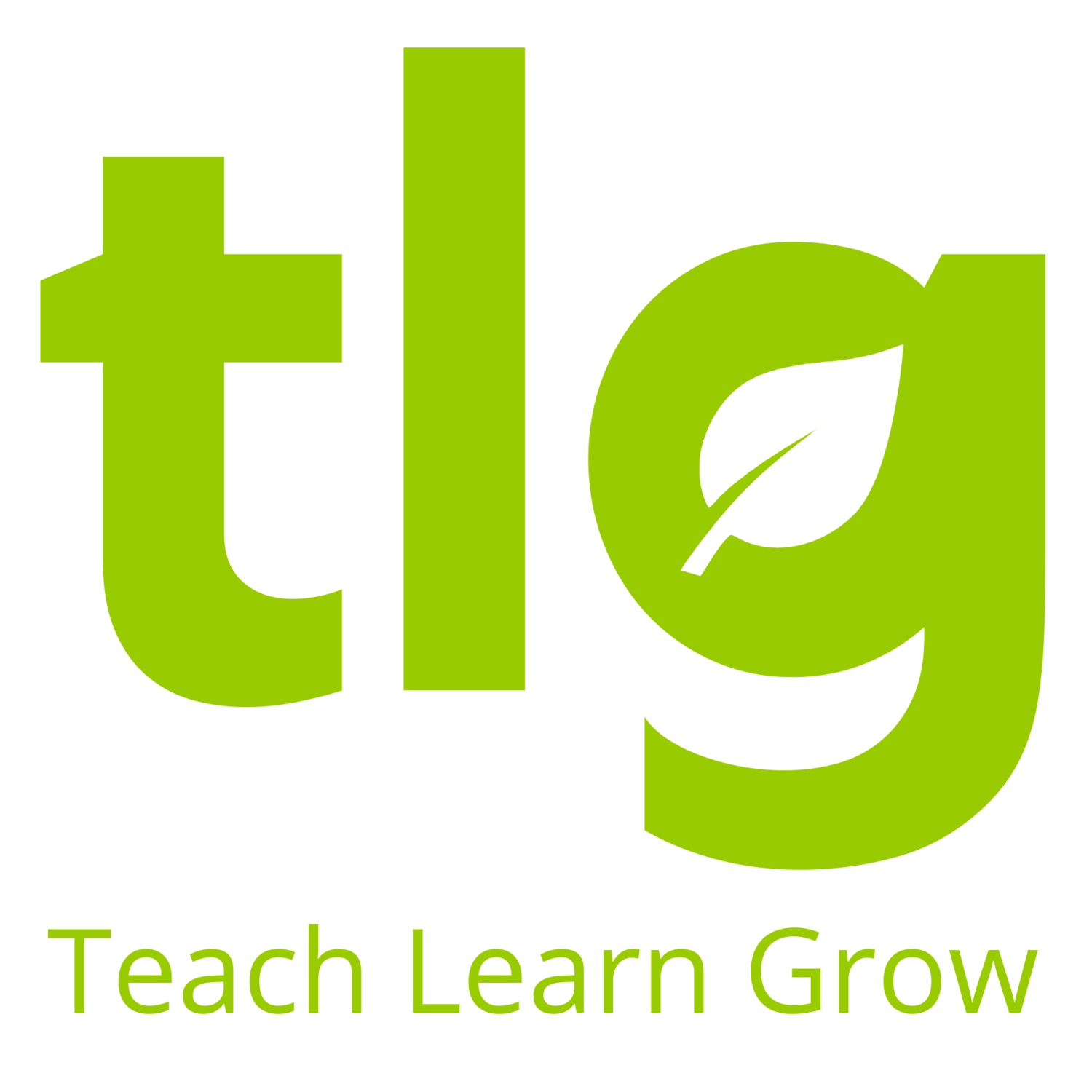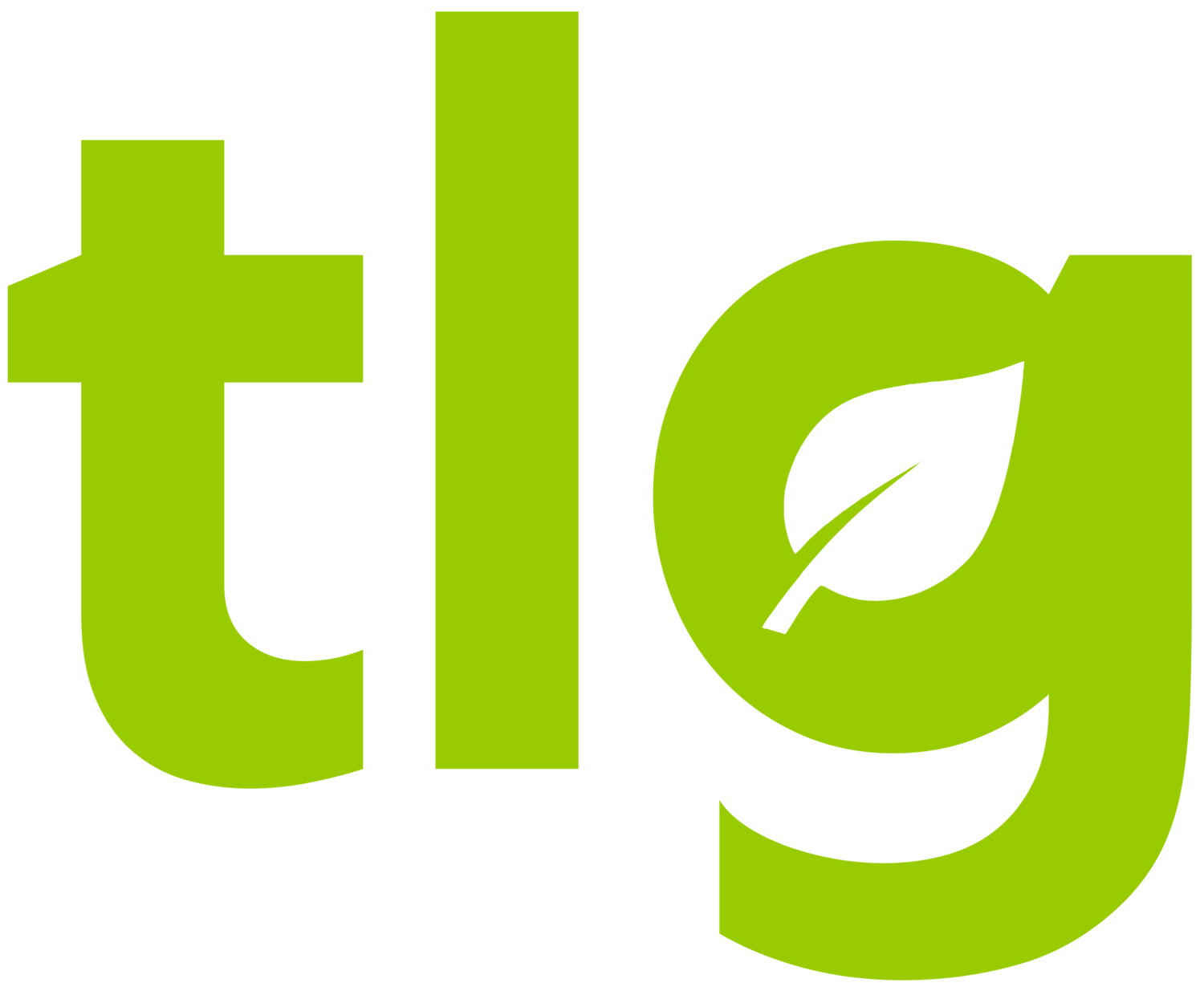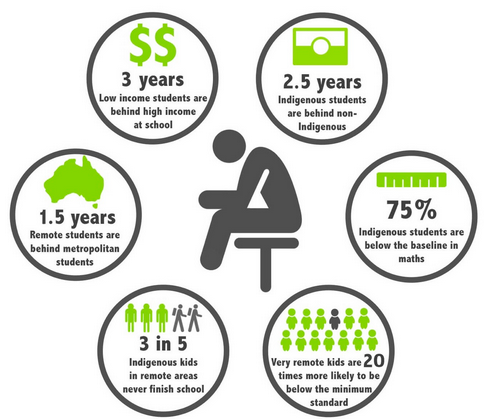COVID-19 exposes Australia’s digital divide
This story was written by TLG Community Outreach Officer, Ngoc-Mai Duong.
As many Australians are being diverted to digital platforms amid the COVID-19 crisis, not everyone has access to a computer, smartphone or the internet.
Millions of children in Australia risk falling behind due to unprecedented school closures with unequal access to the internet, hurting low-income families as classes move online.
The Household Use of Information Technology (HUIT) Report found that between 2016 to 2017, about 88% of Australians living in major cities have internet access at home. However, about 77% of rural Australians living in remote areas have internet access at home. This 10 percentage difference translates into kilometres and kilometres of rural communities not covered.
School-aged children are most affected by this lack of access, revealing the breadth of the digital divide in Australia as schools struggle to substitute in-school resources with online instruction. The ‘digital divide’ refers to the gap between those who have access to computers and the internet, and those with limited or no access. The use of technology in classrooms can contribute to the widening of the achievement gap.
According to the Australian Bureau of Statistics, children in rural and remote communities are on average 2.5 years behind their metropolitan peers.
The Freakonomics blog mentions that the education gap is a result of poverty and inadequate resources to support children and their families.
Teach Learn Grow (TLG) Co-Founder and Chairperson, Dave Sherwood, comments on the impact that COVID-19 may have on already disadvantaged groups:
“It seems to me that Coronavirus will certainly in the short term mean that kids are more reliant on their families and receiving less time, resources and attention from their teachers which would widen the gap.”
This is supported by evidence from the Freakonomics book by Stephen J. Dubner and Steven Levitt which states that the majority of the education gap is driven by the fact wealthy kids have tutoring, resources and educational time with parents over school holidays.
Sherwood proposed that, in the medium to long term, “if schools can effectively adopt online teaching and give each student the same one-to-one time online as they had in person, I could see the gap close slightly as the kids from less wealthy families would have access to more resources during school holidays and outside of school. This conclusion is dependent on effective online rollout, without that in the medium to long term the gap will widen again”.
The 2017 National Institute for Health and Care Excellence guidelines for child abuse and neglect documented a link between social isolation and child abuse. Sherwood is also concerned about the impacts of isolation and social distancing on children who live in rural areas, especially concerning mental health.
“Mental health is bound to deteriorate, as exercise, sunlight and social interaction are all known to help ease mental health. Additionally, I'm not sure the psychologists and psychiatrists are properly set up to switch to online”.
Equity and health issues stemming from the digital divide further highlight the need to bridge the digital divide between schools and communities. So, what can we do in the interim to avert the collapse of the education system in the weeks or months before we get young people back to school?
“If government systems were to poll their members and select 10-20 key learning technologies: tutoring, digital tools, content and adaptive learning, peer to peer feedback etc. and procure them on behalf of all schools and provide free training to all schools and teachers, we would be in a good position”.
Sherwood would like to see more support for localised decision-making in schools. He suggests that schools should be given the opportunity to propose an alternate technology to use and utilise the budget saved to pursue a custom approach such as an opt-out system as it is “much better than an opt-in system, because it creates a safety net that ensures only those schools with the confidence and determination to opt out would do so”.
In response to the COVID-19 crisis, Dave Sherwood and his team at BibliU are working hard to support university students as courses migrate online. BibliU is an online platform that provides students with access to textbooks and libraries with flexible tools for personalised learning.
“We have offered 2 months free access to content from participating publishers to help universities manage during this period. Coronavirus will no doubt make the world more online and ensure people are trained to manage in an online environment”.
Not-for-profit organisations that work in the education sector, like TLG are making efforts to provide online services and programs to schools, which will help supplement teachers’ online lesson plans. The Executive Education team is in the process of creating educational resources for students in case WA schools close, including e-learning and take-home materials. Meanwhile, the TLG Tutoring Centre is moving tutoring completely online as they continue their commitment to bridging the gap. The eMentor program, which provides free one-on-one mentoring to upper-primary students in schools experiencing educational disadvantage, is also expected to run next term with some adjustments.
Despite the many challenges facing us, we must remain optimistic and make closing the digital divide a national imperative. If you have ideas on ways TLG can support students experiencing disadvantage throughout the COVID-19 crisis, we would love to hear from you. Please send us an email at education@teachlearngrow.org.au




